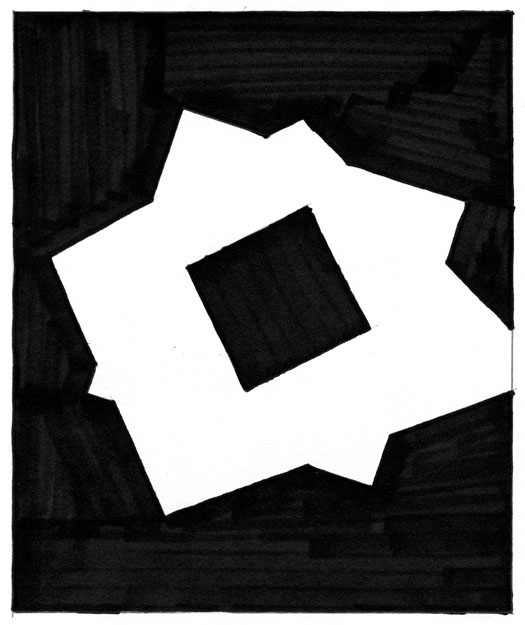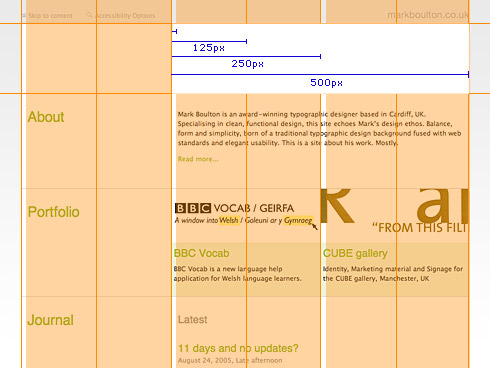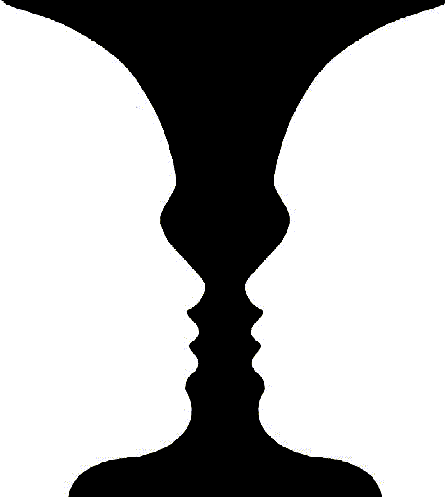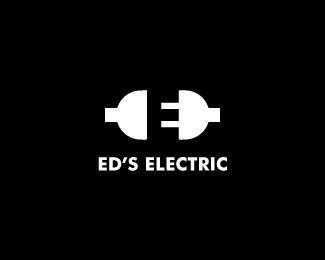Unity: Similarity, oneness, togetherness, cohesion
Variety: Difference
In their extremes:
Unity = Sameness/Boring/Predictable/Stable
Variety = Chaos/Confusion/Instability/Noise



Both Unity and Variety are needed to create interesting compositions.



Gestalt Psychology: ("essence or shape of an entity's complete form")
"form-forming capability of our senses, particularly with respect to the visual recognition of figures and whole forms instead of just a collection of simple lines and curves."
"The whole is greater than the sum of the parts"
Gestalt Psychology defined principles in how we organize and understand our world
These principles are used in creating effective design.
"When presented with a collection of separate visual units, we immediately try to create order and make connections." This process is called Grouping.

Principles of Grouping
Proximity
Proximity occurs when elements are placed close together. They tend to be perceived as a group.
Similarity
Similarity occurs when objects look similar to one another. People often perceive them as a group or pattern.

Containment
A shape or area that surrounds other visual elements will make them appear as a group.


Repetition
Repetition occurs when the same visual element is repeated multiple time, making them appear as a group.

Continuity
Continuation occurs when the eye is compelled to move through one object and continue to another object.


Closure
Closure occurs when an object is incomplete or a space is not completely enclosed. If enough of the shape is indicated, people perceive the whole by filling in the missing information.
Pattern
Similar visual objects that are placed in a consistent manner will appear as a group.

![[400_F_1829122_NbBL01YhDWghM1234wblHa6FuvRFu4.jpg]](http://1.bp.blogspot.com/_-Kah2Q8INv4/SdM3EPUP2ZI/AAAAAAAAAF8/ZIKgADFiiWw/s1600/400_F_1829122_NbBL01YhDWghM1234wblHa6FuvRFu4.jpg)
Grid
A Grid is created through intersecting lines. A grid can also be implied by the alignment of objects within a composition. Designers can use grids to organize visual elements.




Ground Relationship
The eye differentiates an object form its surrounding area. a form, silhouette, or shape is naturrally perceived as figure (object), while the surrounding area is perceived as ground (background).
Balancing figure and ground can make the perceived image more clear.
Using unusual figure/ground relationships can add interest and sublety to an image.












This was very helpful. <3 And for that I thank you. ^^
ReplyDelete